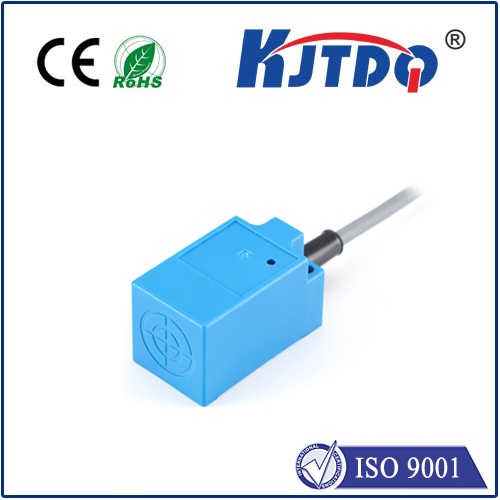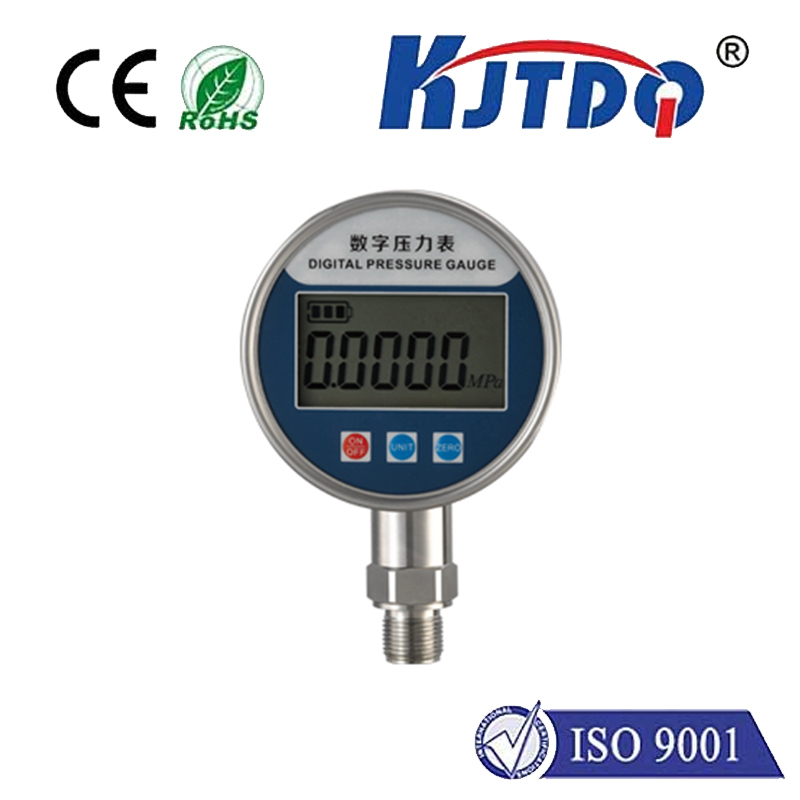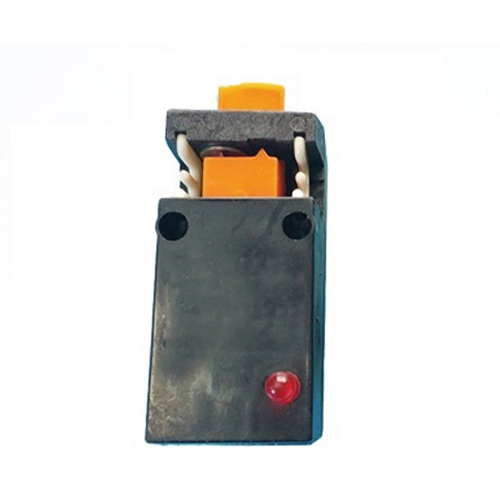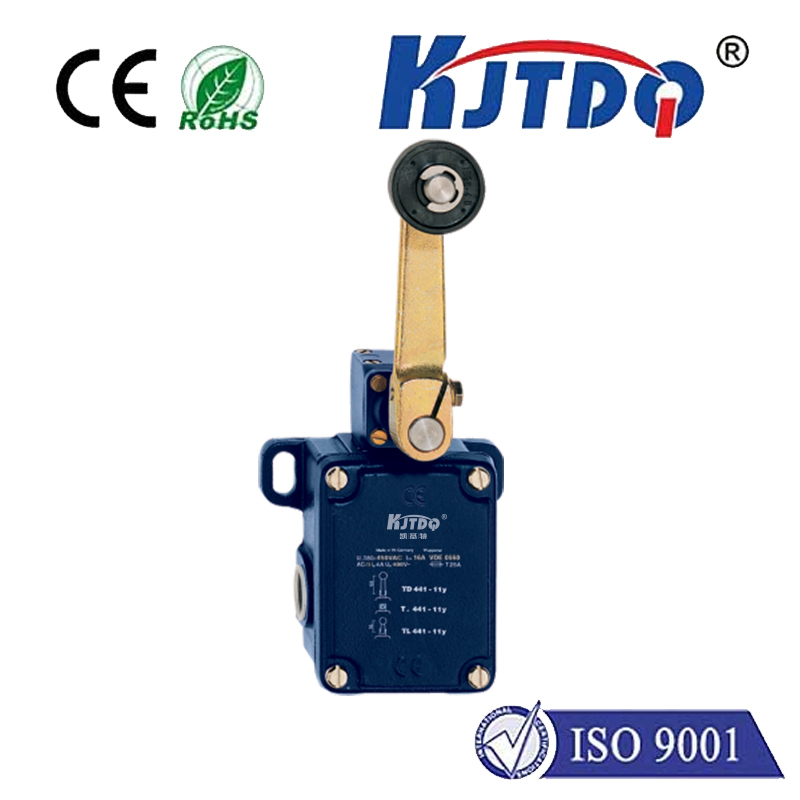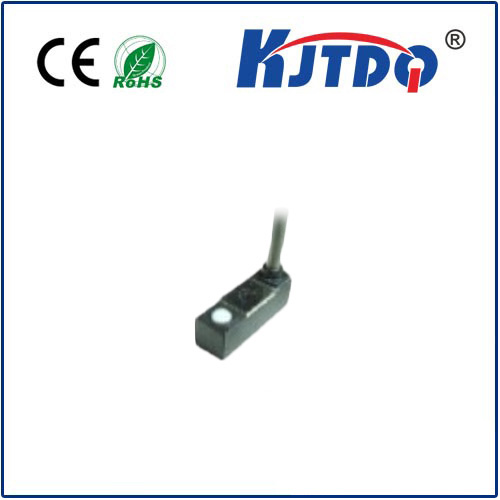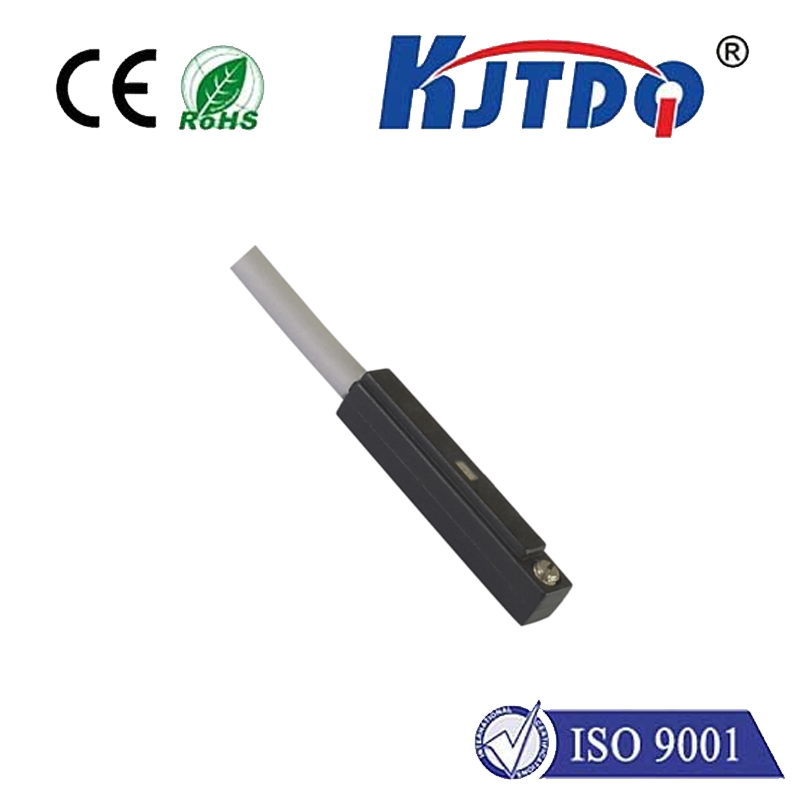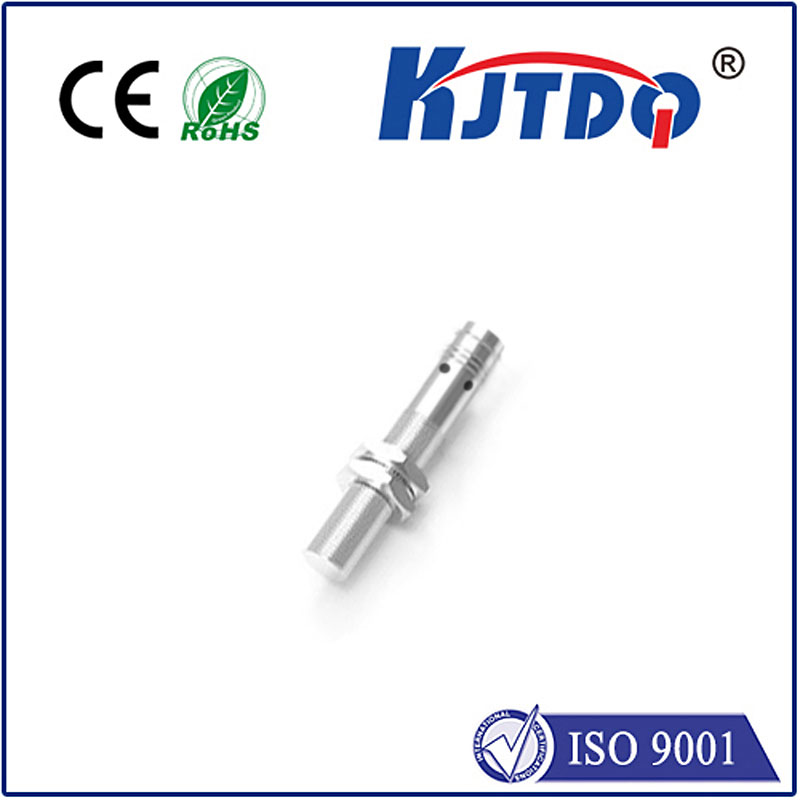electronic proximity sensor
- time:2025-07-08 03:24:22
- Click:0
Electronic Proximity Sensors: The Silent Guardians Enabling Automation and Safety
Think about your smartphone saving battery by dimming its screen when held to your ear. Or consider the intricate dance of robotic arms on a factory floor, assembling products without collision. Ponder the automatic doors that glide open as you approach, or the elevator that knows not to close when someone’s blocking the way. Behind these ubiquitous conveniences and critical industrial operations lies a powerful, often unseen technology: the electronic proximity sensor. These remarkable devices are the unsung heroes of the modern world, providing the fundamental sense of non-contact detection that fuels automation, enhances safety, and drives efficiency across countless applications.
At their core, electronic proximity sensors are devices designed to detect the presence or absence of an object within a specified range without requiring physical contact. They achieve this by emitting a field or beam (electromagnetic, electrostatic, optical, or acoustic) and monitoring changes in that field caused by the approaching target object. This non-contact detection capability is their defining feature, offering significant advantages over mechanical switches: reduced wear and tear, faster response times, operation in harsh environments (dirty, wet, or explosive), and the ability to sense a wider variety of materials.
Understanding the most common types is key to appreciating their versatility:

- Inductive Proximity Sensors: These workhorses dominate industrial automation.
- Principle: Generate an oscillating electromagnetic field. When a metallic target enters this field, it induces eddy currents, dampening the oscillation. This change signals detection.
- Key Traits: Excellent for detecting ferrous and non-ferrous metals. Robust, reliable, immune to dirt, dust, and moisture. Ideal for position sensing of metal parts, presence verification, and high-speed counting on production lines.
- Limitation: Primarily detect metals only. Sensing range depends on target metal type and size.
- Capacitive Proximity Sensors:
- Principle: Function based on capacitance change. The sensor forms one plate of a capacitor; the target object (or even a material) acts as the other. As the target approaches, the capacitance increases. The sensor detects this increase.
- Key Traits: Can detect a much wider range of materials: metals, plastics, wood, liquids, powders, and granular substances. Excellent for level detection (liquids in tanks, powders in hoppers), presence detection of non-metallic objects, and detecting through thin non-metallic barriers.
- Limitation: More susceptible to environmental factors like humidity and temperature fluctuations compared to inductive sensors. Sensitivity adjustments are often required.
- Photoelectric Sensors (Optical Proximity):
- Principle: Utilize light (visible, infrared, or laser) for detection. Different modes exist:
- Through-Beam: Separate emitter and receiver; detection occurs when the target breaks the beam.
- Retroreflective: Emitter and receiver in one unit; light bounces off a reflector; detection occurs when the target breaks the reflected beam.
- Diffuse (Proximity Mode): Emitter and receiver in one unit; detection occurs when light emitted reflects off the target object back to the receiver.
- Key Traits: Offer the longest sensing ranges of the common proximity types. Can detect virtually any material that interrupts or reflects the light beam (size, color, and surface finish influence performance). Highly flexible for diverse applications like object counting, web break detection, labeling verification, and bottle filling control.
- Limitation: Performance can be affected by ambient light, target color/reflectivity, dust, fog, or steam. Require careful selection and alignment for optimal results.
- Ultrasonic Proximity Sensors:
- Principle: Emit high-frequency sound waves and measure the time it takes for an echo to return after bouncing off a target. Distance is calculated based on the speed of sound.
- Key Traits: Can detect solid objects, liquids, and granular materials regardless of color or transparency. Well-suited for distance measurement, level sensing (difficult materials, large tanks), and presence detection in challenging environments where other sensors struggle (e.g., heavy dust, fog, smoke). Non-contact detection even at several meters.
- Limitation: Performance can be impacted by temperature (alters speed of sound), wind, and highly absorbent or angled surfaces. Generally slower response time than inductive or photoelectric sensors.
The Engine of Modern Efficiency: Where Proximity Sensors Shine
The application breadth of electronic proximity sensors is staggering:
- Industrial Automation: This is their bedrock. They provide critical position feedback for robots, control conveyor belts, verify part presence/absence/position in assembly, count products, detect jams, and monitor machine movement. Non-contact detection ensures reliability in high-speed, dirty, or oily environments where mechanical switches would quickly fail.
- Automotive Manufacturing: From verifying component placement on the line to monitoring fluid levels and ensuring safety interlocks on robotic welders, sensors are indispensable throughout the vehicle build process.
- Consumer Electronics: That smartphone screen dimming? A proximity sensor. Automatic faucets, soap dispensers, hand dryers – all rely on capacitive or infrared proximity technology.
- Security Systems: Magnetic contacts on doors/windows are familiar, but proximity sensors also detect motion for alarms (often using passive infrared - PIR, related to proximity principles), trigger lighting, or sense the presence of vehicles at gates.
- Building Automation: Automatic doors are the classic example. They also control lighting in rooms (PIR occupancy sensors), manage elevator doors, and enhance safety in public spaces.
- Material Handling & Packaging: Counting bottles or boxes, detecting filled levels, verifying label placement, and ensuring correct carton formation all leverage proximity sensing for speed and accuracy.
- Food & Beverage Processing: Hygienic capacitive sensors monitor levels in stainless steel tanks (through the wall), while photoelectric sensors ensure caps are present and labels are applied correctly on food packaging lines. Harsh environment suitability is crucial here.
Selecting the Right Guard: Key Considerations
Choosing the optimal electronic proximity sensor is vital. Key factors include:
- Target Material: Metal? Plastic? Liquid? Powder? This immediately narrows the type (Inductive for metals, Capacitive/Photoelectric/Ultrasonic for others).
- Required Sensing Range: Millimeters for precision positioning? Meters for level control? Inductive offers short ranges (mm-cm); capacitive slightly more; photoelectric and ultrasonic offer the longest ranges (cm to meters).
- Operating Environment: Temperature extremes? Heavy dust, oil, or moisture? Corrosive chemicals? Explosive atmosphere (requiring intrinsically safe sensors)? Sensor housing material (stainless steel vs plastic) and IP rating for ingress protection are critical.
- Output Type: Discrete (on/off) outputs (PNP, NPN, relay) for basic presence/absence are most common. Analog outputs (4-20mA, 0-10V) for distance measurement are offered by some ultrasonic and specialized proximity sensors.
- Response Time & Switching Frequency: How fast does the target move? How quickly must the sensor react? High-speed production lines demand fast sensors.
- Mounting Constraints: Physical size, flush or non-flush mounting capability (especially for inductive sensors), and connection type (cable, connector).
The Future: Smarter, Smaller, More Integrated
The evolution of electronic proximity sensors continues. We see trends towards:
- Miniaturization: Smaller sensors enabling detection in tighter spaces and compact devices.
* **






